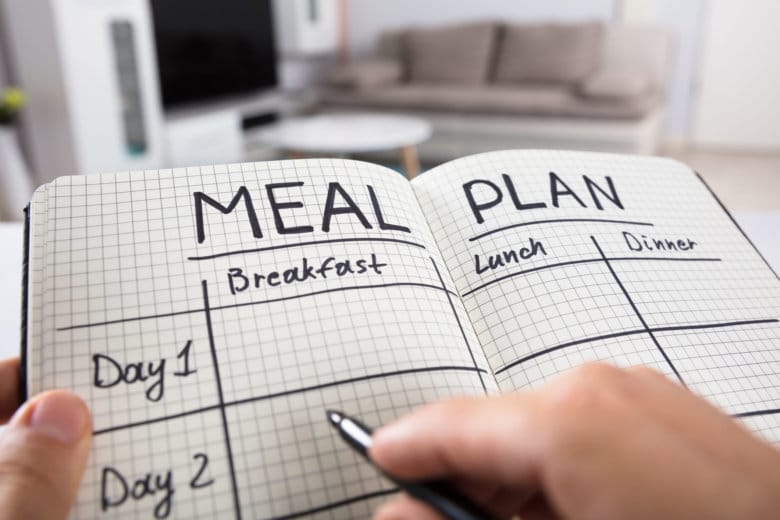
WASHINGTON — Losing weight is one of the most popular New Year’s resolutions, but statistics show about half of all people who try changing their diet renege on their commitment by the end of January.
But don’t abandon all hope, ye who enter here: Sally Squires, author of the Lean Plate Club™ blog, has a few pointers on how to stick it to the math and stay on the path to both weight loss and healthier living.
“Most people will set goals that are just too high and unrealistic — they’ll say, ‘I want to lose 50 pounds,’ or ‘I want to go the gym 10 times a week,’ and they don’t do enough planning to get ready for this,” Squires told WTOP. “If you’re changing habits, it’s a process; it takes time.”
Instead of charging headfirst into a new routine and risking burnout, Squires suggested a more measured, realistic approach to weight loss: Avoid setting stratospheric goals from the get-go — instead, think long-term and start with smaller goals you can achieve far more easily.
And prepare yourself for the inevitable slip-up by making a contingency plan to get back on course.
“Researchers say don’t think of this as a 100-yard dash; think of it as a marathon. Imagine yourself being this healthier person and examine closely what you want to do,” Squires said. “Is it realistic is that you’ll go to the gym 10 times a week, or is it more realistic that you’re going to go twice a week at most?”
Smaller goals could include anything from simply eating breakfast every morning, drinking the oft-recommended eight glasses of water per day to stay hydrated, or signing up for a new exercise class with a friend.
When eating out, eat half the portion and take the rest home with you.
Consider choosing foods that are high in volume but lower in calories due to high water content or air — such as salads, soups or popcorn. Squires also recommended keeping foods out of reach that might serve as triggers for eating — for one of her friends, that meant putting down the M&Ms.
“He didn’t eliminate M&M’s forever; he just made sure he didn’t have them in a place where he was going to eat them again and again,” Squires said. “You don’t want to forbid foods; you just want to make sure if you eat a food you know is very likely to set you off, that you can have it in smaller portions, and outside your home.”









